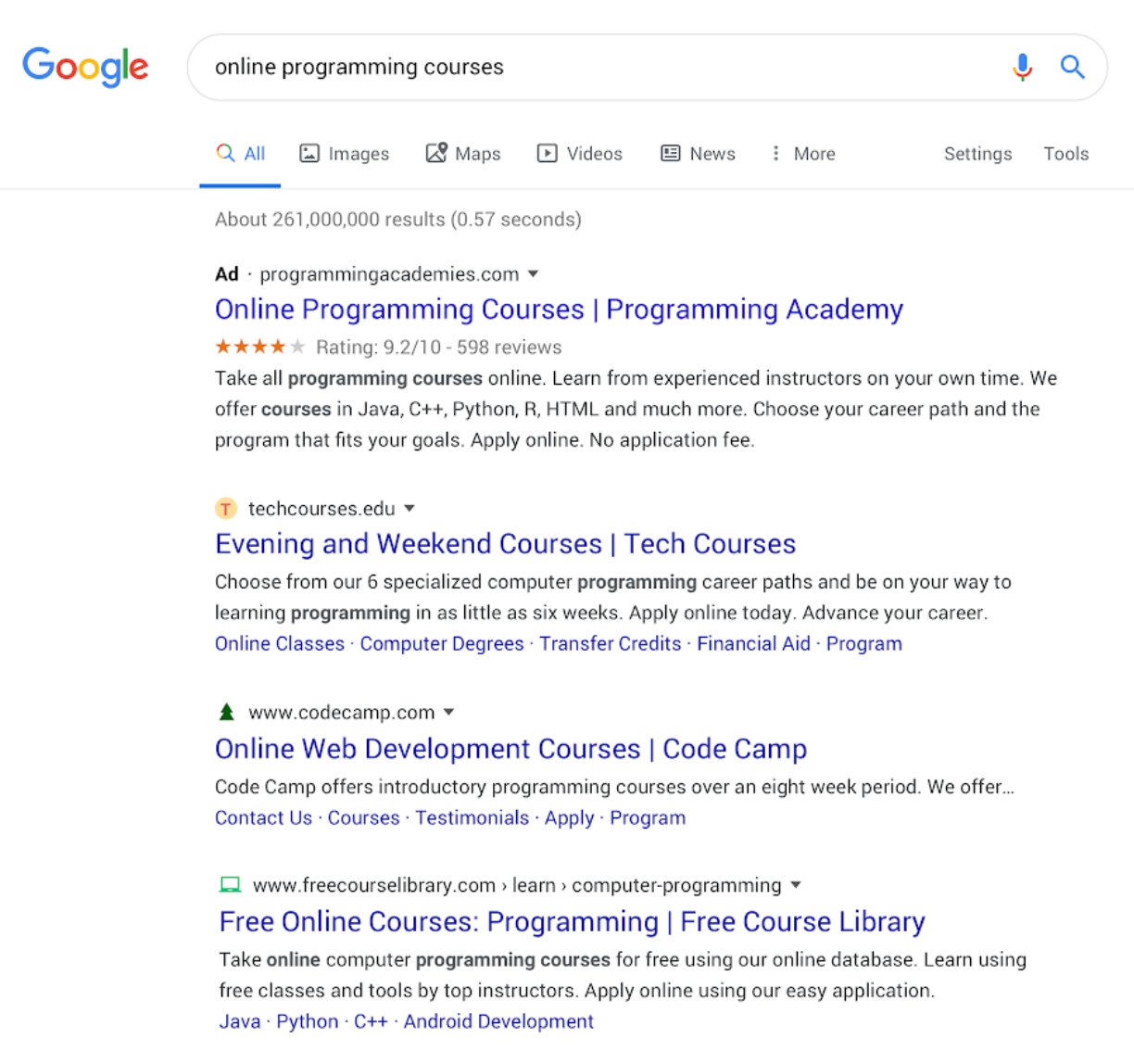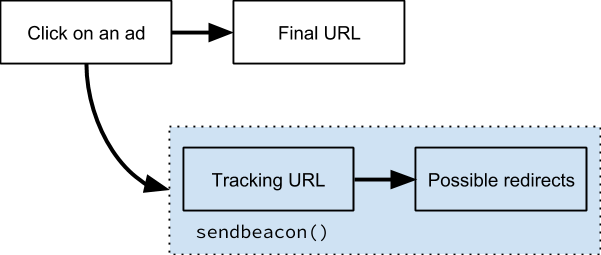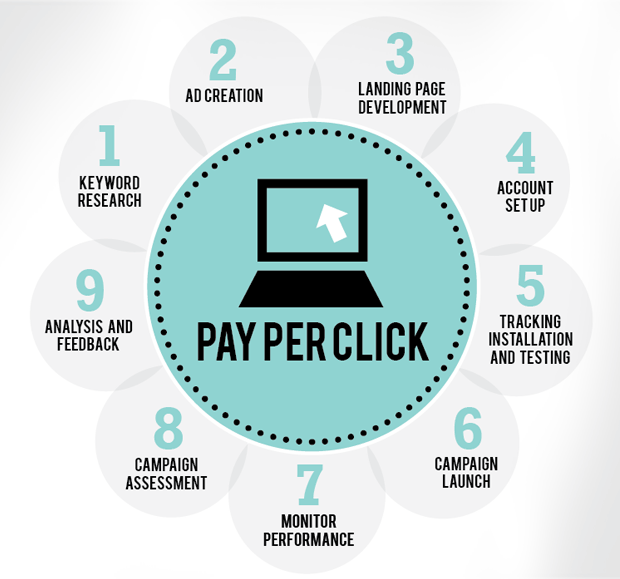2019 has seen the customer journey grow with ever-increasing complexity. Luckily, the introduction of more sophisticated AI tools has provided marketers the support to be able to analyse and automate much more of the heavy lifting involved with campaign management.
Here’s a summary of the most significant improvements Google introduced in 2019:
Responsive Search Ads
Responsive search ads (RSAs) are a great way to target intent-based customers. They allow you to create ads with more than 3 headlines and 2 descriptions, which then automatically adapt to show the best performing text combinations – and more relevant messages – to your customers.

Responsive Display Ads
Similar to the above, responsive display ads (RSAs) show combinations of images, headlines, logos and descriptions, which are automatically generated to show the most effective result on the Google Display Network.

Dynamic Search Ads
This format was updated by Google this year, and uses your website content to target your ads. It helps fill in the gaps of your search campaigns by dynamically inserting headlines and ad copy, which would make the ad far more relevant and attractive to a consumer.

Smart Bidding on Search, Display & Shopping
Smart Bidding can now optimise bids in real-time for every auction. This dramatically reduces the time spent on bid maintenance, while also helping marketers achieve better results within the same budget.

Lead Form Extensions
This format allows a user to fill in their contact information directly from the SERPs – reducing the attrition between click and conversion.

What’s new for 2020:
Search Results Display
Last week, Google announced via a tweet, that they’re changing the way ads appear on desktop Search to match the mobile format which was updated last year. The key difference is presenting site domain names and brand icons prominently in organic results, and with a bold “Ad” label for sponsored results. See the example below:

Optimisation for Display Ads
Just like for Search and Shopping, Google will soon provide an optimization score for Display campaigns, ranging from 0% to 100% (with 100% meaning that your campaigns utilise all of the campaign elements, ad and bidding opportunities available to advertisers). Note that this score is a guideline of best practice and, whilst useful, all recommendations should be reviewed manually to ensure yours and Google’s marketing goals are aligned.
Parallel Tracking for Video Campaigns
Parallel tracking is essential for healthy mobile site speeds. It works by bringing people directly to your landing page, while measurement happens in the background. With video ads and mobile use on the rise, it’s never been so important to ensure your mobile site performs speedily.
From March 31st, parallel tracking will become mandatory for all video campaigns – as it already is for Search, Shopping and Display. To prepare for this, if you work with a click measurement provider, then Google advises you to reach out to them as soon as possible to ensure that there’s no disruption to your click measurement system.

Bid Simulators in Smart Bidding
Bid simulators for smart bidding strategy will be available mid-January 2020. At present, bid simulations are only available for campaigns using manual bidding or Target CPA. Google will be providing bid simulators for smart bidding in order to make it easier for you to get more insights from a wider variety of campaigns by adding bid simulator support for the Target ROAS bid strategy and a new budget simulator.
If you want to try some of the new technologies Google’s introducing in 2020, get in touch to discuss our Google Ads management services – you could get more traffic to your website, grow sales and improve your campaign ROI.











